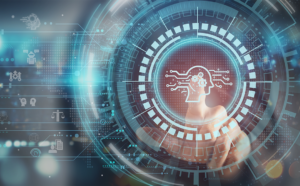In the realm of archaeology, artificial intelligence (AI) has sparked a transformative era, particularly in unraveling the mysteries of ancient tablets. AI-driven translation programs have emerged as essential tools, streamlining the deciphering of ancient texts, including the 5,000-year-old Akkadian’s cuneiform. This breakthrough not only enhances research efficiency but also unveils the secrets of our past.
AI Unleashes the Secrets of Cuneiform

Dating back to 3400 BC, cuneiform stands as the oldest known writing form. The challenge lies in the limited number of experts worldwide capable of interpreting the wedge-shaped symbols on clay tablets. Addressing this, a team from Israel, combining archaeologists and computer scientists, developed an AI-powered translation program for Akkadian cuneiform. This program translates tens of thousands of digitized tablets into English instantly, offering unprecedented access to early human history.
MIT’s Contribution to Decoding Ancient Languages
MIT’s Computer Science and Artificial Intelligence Laboratory (CSAIL) has played a pivotal role in this transformation. Their system automatically deciphers ancient languages, eliminating the need for extensive linguistic knowledge. This breakthrough empowers linguists to decode languages that have eluded them for decades with just a few thousand words.
Ethical Considerations in AI-Aided Archaeology
While AI revolutionizes archaeology, ethical considerations arise. Preserving cultural heritage involves navigating issues like intellectual property rights and cultural ownership. AI developers and archaeologists must address these complexities to ensure respectful representation and preservation.
In conclusion, AI’s impact on archaeology is profound, offering new avenues in deciphering ancient tablets and unlocking lost languages. As AI continues to advance, it holds the promise of enabling even more sophisticated analyses and interpretations of archaeological data, shedding light on ancient societies and their cultural practices.
The integration of AI in archaeology not only accelerates research processes but also broadens our understanding of historical civilizations. With AI’s continuous evolution, the future holds exciting possibilities for unraveling more mysteries concealed within ancient artifacts and manuscripts. This synergy between technology and archaeology exemplifies the transformative potential of AI in preserving and exploring our rich cultural heritage.





